Your basket is currently empty!
EP14 | The Ancient Links Between the Swastika and Brigit’s Cross.
The Swastika, Brigit’s Cross & The Cosmic Connection: An Ancient Mystery Unravelled
What if two symbols, one from India and one from Ireland shared a deeper connection than we ever imagined? What if their meaning wasn’t just about history but also about the natural cycles of the Earth and even the stars?
Join us for our next episode on Holistic Radio. Thursday 20th March 2025 at 1pm
In Episode 14 of Scribing Journeys we explore the stories behind these symbols. Myself and Douglas explore the fascinating links between the Swastika and Brigit’s Cross, uncovering their shared geometry, their connection to the eightfold calendar, and a possible link to the North Star.
Listen to the full episode here:
Here’s a summary of the key ideas we explored.
The Swastika: An Ancient Symbol of Good Fortune
Long before modern history distorted its meaning, the swastika was a symbol of good luck, balance, and cosmic movement. It has been found in cultures all over the world, dating back over 10,000 years.
- India & the East – A sacred sign in Hinduism, Buddhism, and Jainism, representing prosperity, balance, and the cycles of life.
- Europe – Found on 7,000-year-old pottery in Bulgaria, on ancient Greek and Roman coins, and even in early Christian catacombs.
- The Americas – Used by the Hopi, Navajo, Mayans, and Aztecs as a sign of harmony, the four directions, and the flow of time.
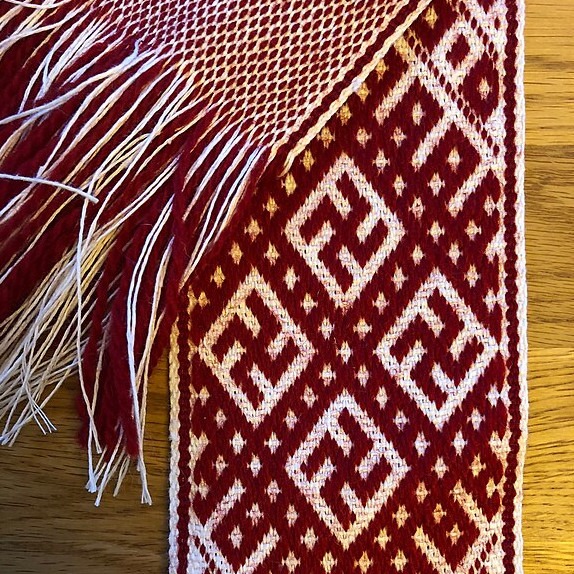
Latvian ethnographic belt from Lielvārde. Part with four elements of swastika. Photo by By Andreja Pumpura Lielvārdes muzejs
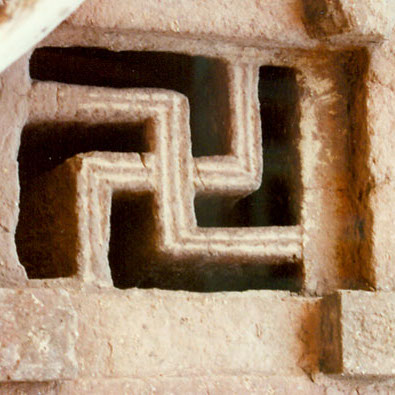
Skastika symbol in the window of Lalibela Rock Hewn Churches, Ethiopia. Photo by Samzhab
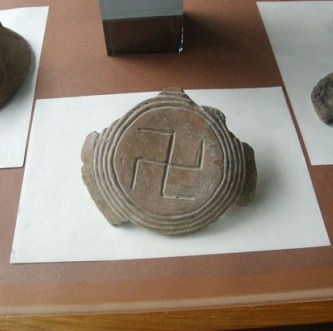
Found in Bulgaria during an archaeological dig near the village of Altimir, in the northern Vratsa Region. Photo by Narcis Torbov for DarikNews

Geometric roman mosaic in roman village of La Olmeda, Pedrosa de la Vega, Spain Photo by Valdavia
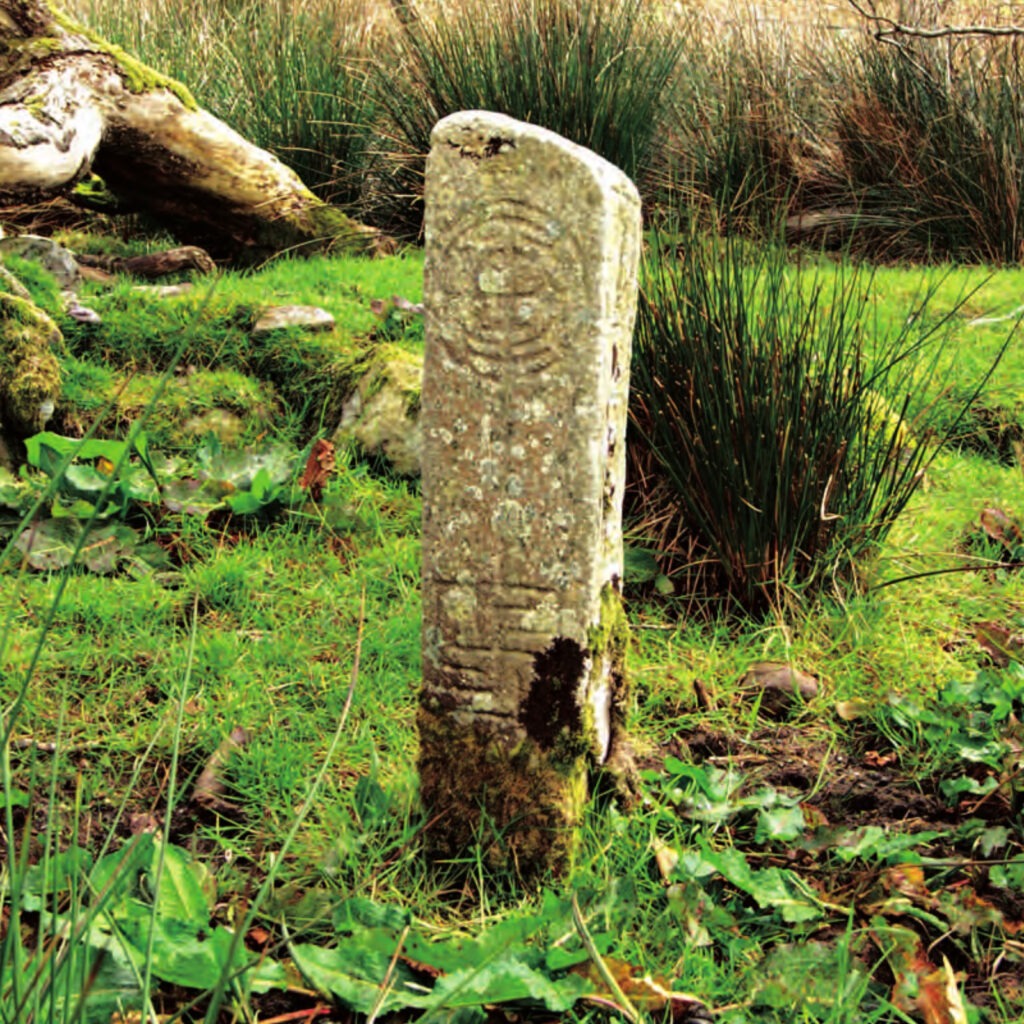
Cloon West in Co. Kerry Ireland there are two pillar stones standing near each other that, between them bear five swastikas
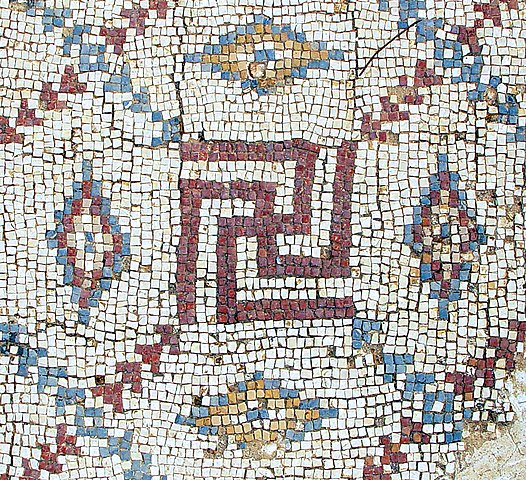
Bysantine period mosaic uncovered in an archaeological dig in Shavei Tzion (Israel). Photo by Etan J. Tal

Examples of the various styles of Swastika from around the world.
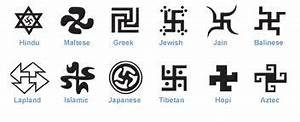

Above and top left. Sourced: https://www.indica.today/research/conference/swastika-a-sacred-symbol-of-hinduism-jainism-and-buddhism/
The Cosmic Link?
For thousands of years, people have looked to the stars to mark time and navigate the world. Some researchers believe the swastika might be linked to the movement of the Big Dipper around the North Star (Polaris).
Throughout the year, the Big Dipper moves in four distinct positions, and when mapped out, it forms a swastika-like pattern. This has led to theories that ancient civilizations used the swastika to track time and celestial movements.
Some believe its four arms represent:
- The four seasons
- The four elements (earth, water, fire, air)
- The four positions of the Big Dipper throughout the year

Image source: https://grahamhancock.com/johnc1/
This raises the possibility that the swastika was more than just a cultural or religious symbol. It may have been a marker of cosmic order, showing how humans sought to align their lives with the rhythms of the universe.
Brigit’s Cross: Ireland’s Sacred Symbol of Protection
Brigit’s Cross, a woven cross made from rushes, is one of Ireland’s most well-known symbols. Traditionally made on Imbolc, it celebrates spring, renewal, and the return of light.
Brigit herself is both an ancient Celtic goddess and a Christian saint, linked to fertility, poetry, healing, and fire. Brigit’s Cross is placed in homes to bring protection and blessings, much like the swastika was often used as a protective sign.
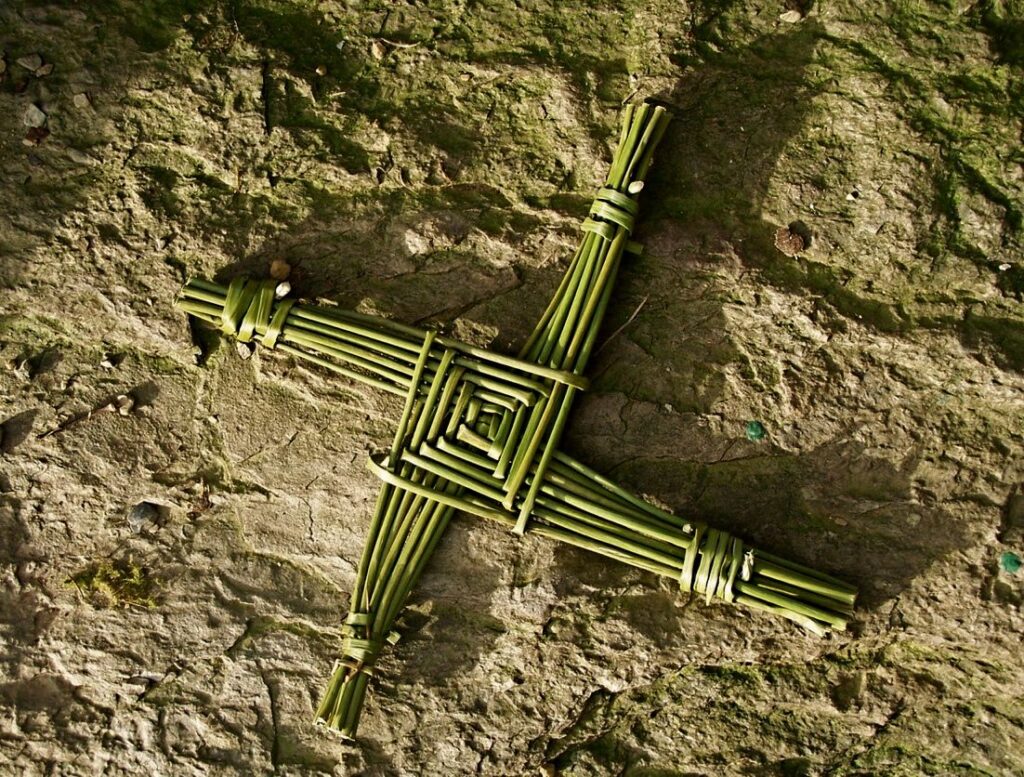
Image sourced from Pinterest
What makes this even more intriguing is that Brigit’s Cross and the Swastika share a similar structure both have four arms radiating from a central point. Both are linked to the changing of the seasons, and both have been symbols of balance and renewal for thousands of years.
This connection becomes even clearer when we look at the ancient eightfold calendar.
The Eightfold Calendar
Many ancient cultures didn’t just divide the year into four seasons, they followed an eightfold calendar, marking key points in the natural and celestial cycles.
- Imbolc (Mid-winter) End of January beginning of February (New Moon)
- Beltane (Mid-Spring) End of April beginning of May (Full moon)
- Lughnasadh (Mid-Summer) End of July beginning of August (Full moon)
- Samhain (Mid-autumn) End of November beginning of December (New Moon)
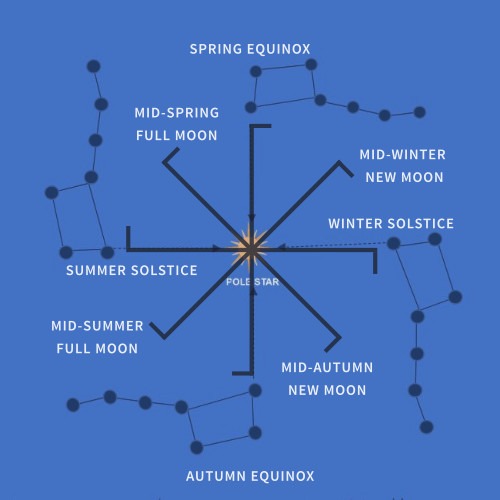
The swastika’s four-armed shape aligns with these cycles when doubled, making eight points, just like the eightfold calendar. This suggests that both the Swastika and Brigit’s Cross reflect the movement of time and the changing of the seasons.
These symbols may not be separate at all, they may be different ways of expressing the same universal understanding of time, balance, and renewal.
A Deeper Connection: The Migration of Knowledge
We also explored:
- The Out-of-India Migration Theory – Could Vedic knowledge have travelled westward and influenced early European traditions?
- Superhuman Beings in Ancient Texts – From Vedic Rishis to the Tuatha Dé Danann, myths often describe powerful beings with vast knowledge.
- Sacred Geometry – How symbols shape human consciousness and have guided civilizations for thousands of years.
These ideas make us question how much ancient cultures were connected and how knowledge was passed from one region to another.
If you are interested in history, mythology, sacred symbols, or cosmic mysteries, this is a conversation you won’t want to miss.
Visit Douglas’s Website
Back to
We value your insights


